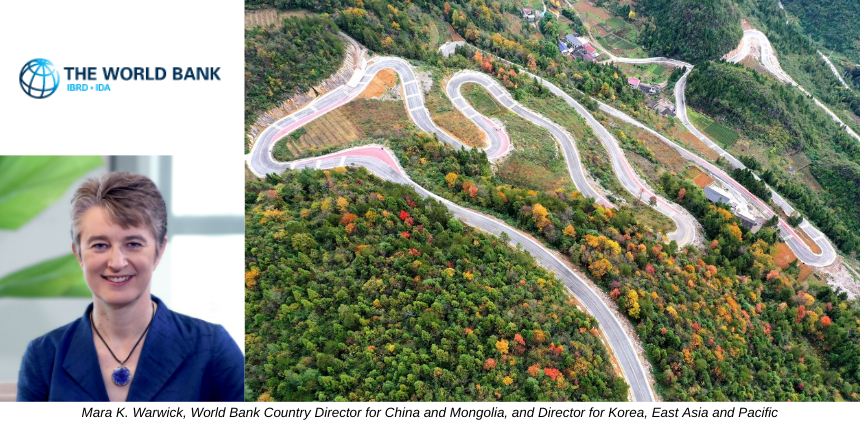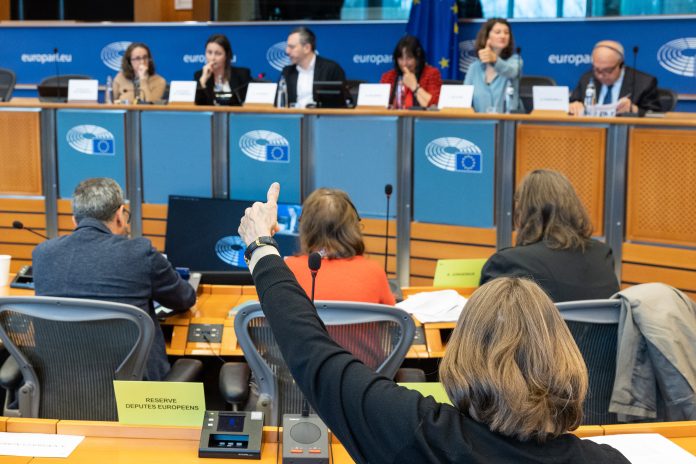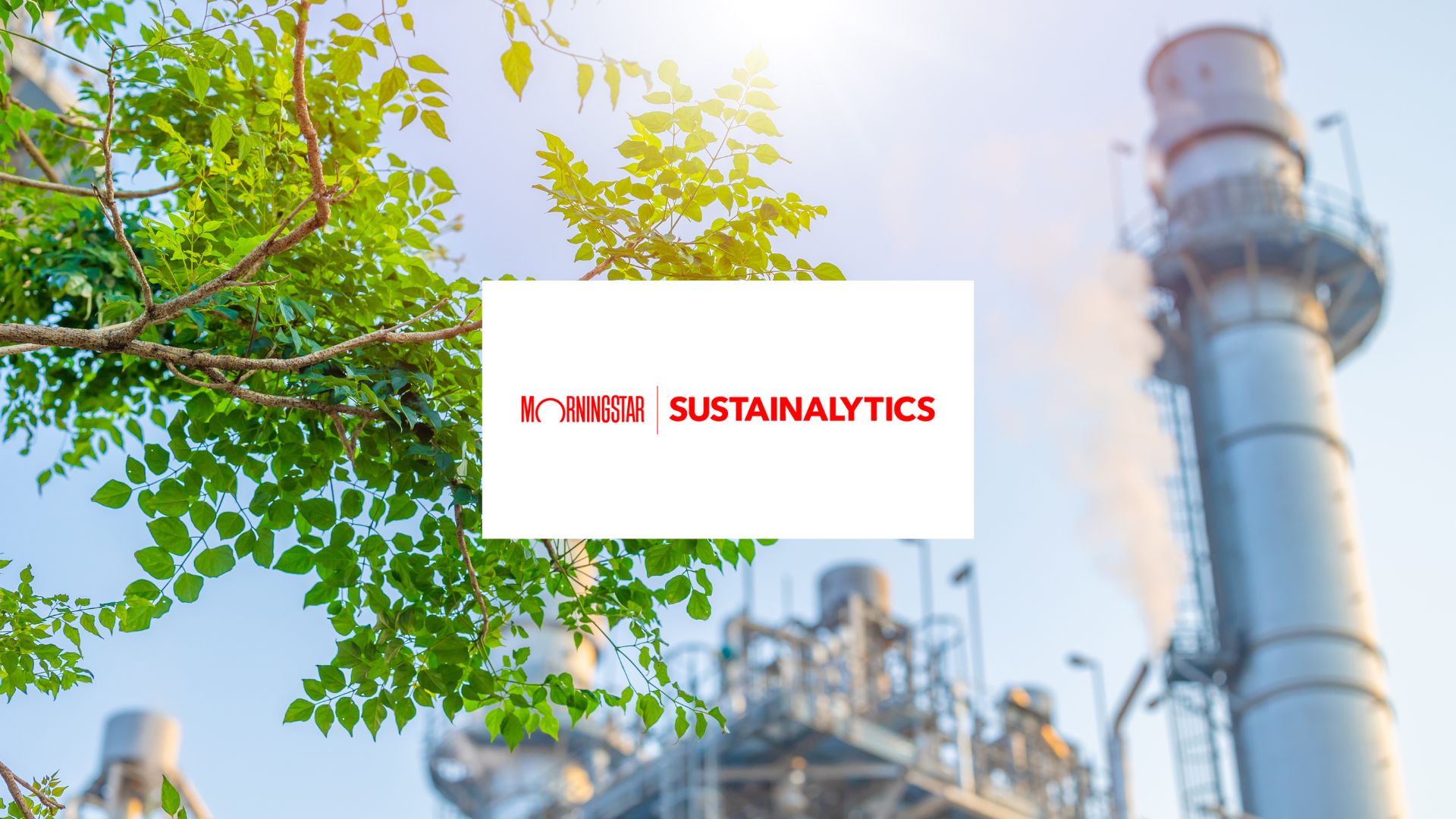World Bank Approves $345 Million for Green Agriculture and Rural Development in China

|
Listen to this story:
|
- The program will reduce greenhouse gas emissions from crop and livestock farming and increase carbon sequestration in farmlands
- Funding will also improve biodiversity protection and restoration in agricultural ecosystems
- Hubei and Hunan are among the top ten largest economies of mainland China’s 31 administrative regions, and are also among the biggest agriculture producers
The World Bank’s Board of Executive Directors approved a US$345 million loan that supports China’s global public goods agenda by promoting the greening of agriculture and rural development in Hubei and Hunan provinces in central China. The program will reduce greenhouse gas (GHG) emissions from crop and livestock farming, increase carbon sequestration in farmlands, and improve biodiversity protection and restoration in agricultural ecosystems, while strengthening the institutional capacity of local governments to integrate environmental and decarbonization objectives in government rural revitalization plans and investments. World Bank financing will complement a US$4.1 billion commitment by the Government of China (GoC).
The loan will support the China Green Agricultural and Rural Revitalization Program for Results for Hubei and Hunan provinces that supports China’s national Rural Revitalization Program, which covers the period from 2018 to 2035, and is being implemented by the GoC through five-year Rural Revitalization Strategic Plans (RRSP). The first phase of the current RRSP will focus on consolidating and sustaining earlier gains in the eradication of absolute poverty by building resilience through green agricultural development and modernization, rural infrastructure development and public services delivery, and rural governance improvement.

“China’s remarkable achievements in rural poverty reduction in the last four decades are at risk from climate change. Farmers need to adopt green agricultural practices to build resilience and contribute to China’s 2060 net-zero carbon goals.” said Mara K. Warwick, World Bank Country Director for China, Mongolia, and Korea. “This program will introduce targets and innovative practices for greening agriculture while enhancing the resilience of the government’s rural revitalization program in Hubei and Hunan, generating lessons that can be applied nationally.”
See related article: World Bank Approves $150 Million to Foster Green and Sustainable Growth and Enhance Climate Resilience in Panama
The World Bank’s program objectives include building institutional capacity at the provincial, county, and village levels; providing training and agricultural extension services for farmers and cooperative members; creating financial incentives to farmers and food processing companies to adopt climate-smart agriculture technologies and good agriculture practices; and strengthening rural wastewater and solid waste management services.
The program also includes investments in mapping and monitoring and evaluation of rural infrastructure and public services delivery; development of measurement, reporting, and verification methodologies of agriculture GHG emissions reduction; and the development of a green budgeting and expenditure tracking system to better link resource use with outcomes at the local government level.
Hubei and Hunan are among the top ten largest economies of mainland China’s 31 administrative regions. They are also among the biggest agriculture producers, and a third of their population still lives in rural areas. Despite rapid gains in poverty reduction in recent years, two-thirds of the rural population have incomes below US$5.50 per day, the poverty line for upper middle-income countries. In addition, increasingly unsustainable agricultural practices have accelerated natural resource degradation, increased GHG emissions, and contributed to air, water, and soil pollution.










